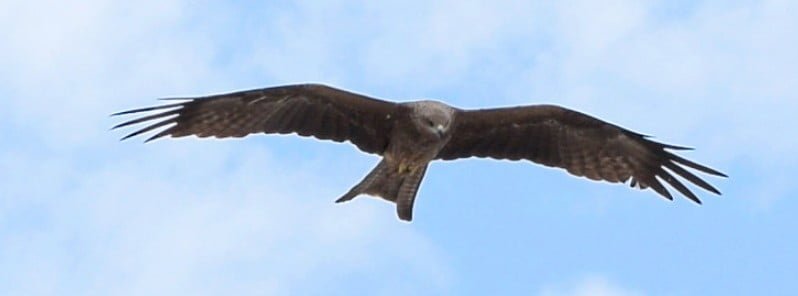Staggering declines in bird populations taking place around the world

Staggering declines in bird populations are taking place around the world, mainly due to the loss and degradation of natural habitats and direct overexploitation of many species.
- The authors reviewed changes in avian biodiversity using data from the International Union for Conservation of Nature’s “Red List” to reveal population changes among the globe’s 11 000 bird species.
- Despite their findings, study authors say there is hope for avian conservation efforts, but transformative change is needed.
This study presents an overview of the global spatiotemporal distribution of avian biodiversity, changes in our knowledge of that biodiversity, and the extent to which it is imperiled. It summarizes the threats driving changes in bird species richness and abundance, highlighting the increasingly synergistic interactions between threats such as habitat loss, climate change, and overexploitation.1
Many metrics of avian biodiversity are exhibiting globally consistent negative trends, with the International Union for Conservation of Nature’s Red List Index showing a steady deterioration in the conservation status of the global avifauna over the past three decades.
“We are now witnessing the first signs of a new wave of extinctions of continentally distributed bird species,” said Alexander Lees, lead author of the new study published this month in the journal Annual Review of Environment and Resources.2
“Avian diversity peaks globally in the tropics and it is there that we also find the highest number of threatened species.”
The study found that approximately 48% of existing bird species worldwide are known or suspected to be undergoing population declines.
Populations are stable for 39% of species, only 6% are showing increasing population trends, and the status of 7% is still unknown.
The findings mirror the results of a groundbreaking 2019 study which determined that nearly 3 billion breeding birds have been lost during the past 50 years across the United States and Canada. The lead author of that study is also an author on this global status report.
“After documenting the loss of nearly 3 billion birds in North America alone, it was dismaying to see the same patterns of population declines and extinction occurring globally,” says conservation scientist Ken Rosenberg of the Cornell Lab, now retired. “Because birds are highly visible and sensitive indicators of environmental health, we know their loss signals a much wider loss of biodiversity and threats to human health and well-being.”
“The fate of bird populations is strongly dependent on stopping the loss and degradation of habitats,” Lees said. “That is often driven by demand for resources. We need to better consider how commodity flows can contribute to biodiversity loss and try to reduce the human footprint on the natural world.”
“Fortunately, the global network of bird conservation organizations taking part in this study have the tools to prevent further loss of bird species and abundance,” Rosenberg said. “From land protection to policies supporting sustainable resource use, all of it depends on the will of governments and of society to live side by side with nature on our shared planet.”
References:
1 State of the World’s Birds – Alexander C. Lees et al. – Annual Review of Environment and Resources -May 4, 2022 – DOI: 10.1146/annurev-environ-112420-014642
2 Global bird populations steadily decline – Cornell University – May 5, 2022
Featured image credit: Asim Bijarani

While the fossil fuel industry is held to very high standards of environmental stewardship, the no longer fledgling wind and solar industry are free to kill birds as long as they make a record of killing.
Windmills (and solar farms) kill so many many many birds each year and the media almost never reports this fact.
In fact, it is becoming harder and harder to hide the harsh realities of wind and solar in terms of their environmental cost, its unreliability and its unsustainability (because they require fossil fuel industry back up).
The places with the most wond and solar have the least reliable electric grid (Texas and California have little idea how important electric service is to modern life).
Wind and Solar design can be improved. Your comment smells like Petro Industry propaganda. The same industry that flouts government control, casts doubt on climate change – all the while poisoning the sky, waters and all living things. Who is hiding harsh realities? Shame on you. The crashing of animal populations is a part a planetary mass extinction, and will have irreversible and nightmarish ramifications.